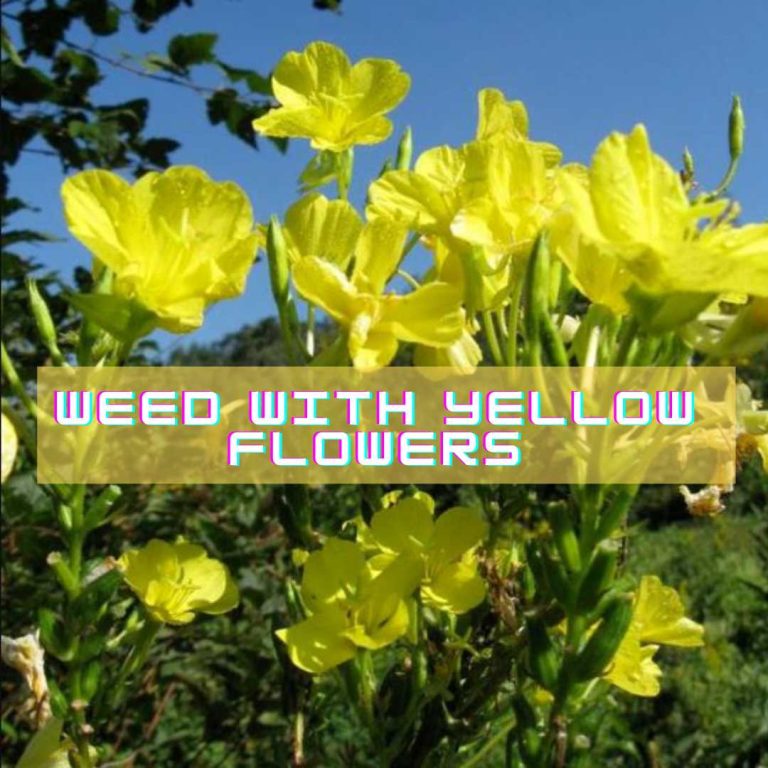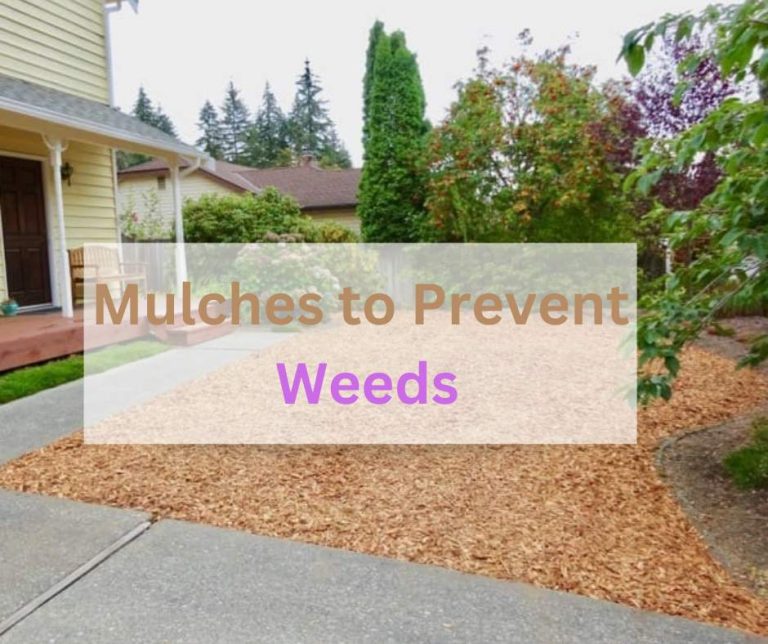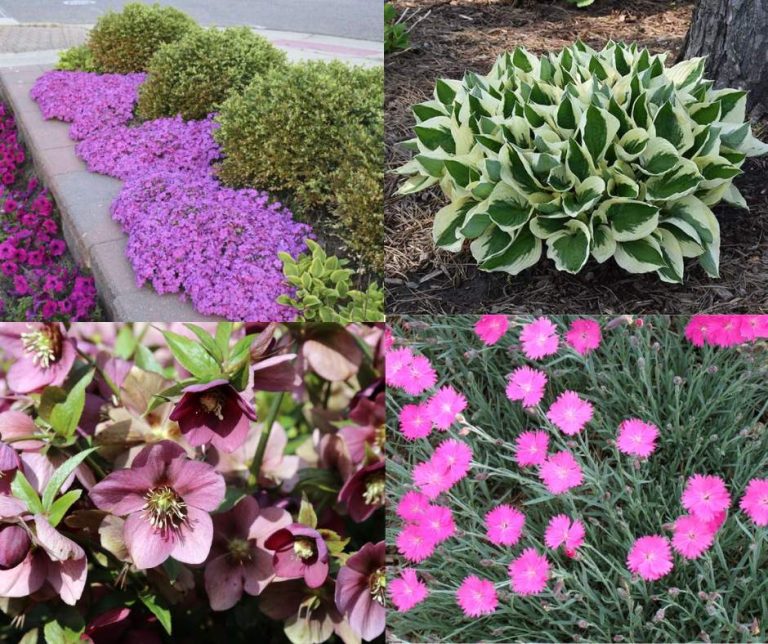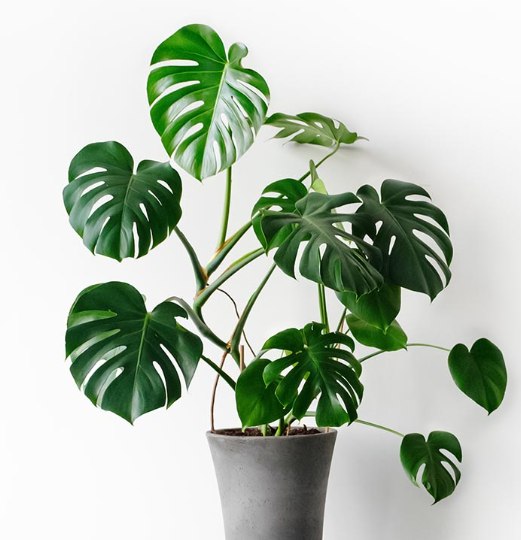12 Best Herbs to Grow in Small Pots
The desire for fresh, homegrown herbs is rising in our fast-paced world. Whether you have a sprawling garden or just a tiny balcony, the good news is that you can still enjoy the flavors and aromas of homegrown herbs by cultivating them in small pots.
Compact spaces should be open to your green thumb aspirations, and with the right spices, even the most miniature pots can yield a bountiful harvest. Let’s explore the best herbs to grow in small pots, bringing the essence of a flourishing herb garden to your doorstep.
But the main challenge you may face is you can only plant some types of plants in pots as different spaces and environments are required for different kinds of plants. Some plants can even make your home feel like an enchanted heaven. They can make your garden charismatic and be a medicinal herb source.
| HERB | SCIENTIFIC NAME | BENEFITS |
| Parsley | Petroselinum crispum | improves the immune system as it has a healing mechanism |
| Basil | Ocimum basilicum | Balances blood pressure and diuretic |
| Oregano | Origanum vulgare | seasoning dishes |
| Chives | Allium schoenoprasum | improves the immune system as it has healing mechanism |
| Rosemary | Rosmarinus officinalis | salad dressing |
| Cilantro | Coriandrum sativum | improves the immune system as it has a healing mechanism |
| Thyme | Thymus vulgaris | rich in antioxidants |
| Sage | Salvia officinalis | healing properties that help to fight against cancer, help to treat inflammation |
| Dill | Anethum graveolens | helps with digestive issues |
| Mint | Mentha spp | fragrant plant used to make lemonade |
Parsley

-Petroselinum crispum
Parsley is a versatile herb in two main varieties: curly and flat-leaf, i.e., Italian. Both types are well-suited for small pots, and parsley adds a fresh, bright flavor to various dishes. It prefers partial sunlight and well-drained soil, making it an excellent choice for container gardening.
Basil

-Ocimum basilicum
Basil is a versatile herb that thrives in small containers. Known for its aromatic leaves, basil is a critical ingredient in various cuisines, especially Italian and Thai. Choose a sunny spot for your pot, and watch your basil flourish. Remember to pinch off the tips regularly to encourage bushier growth.
Chives

-Allium schoenoprasum
Chives are a low-maintenance herb that adds a mild onion flavor to dishes. These slender green shoots can be grown in small pots and are perfect for garnishing salads, soups, and omelets. Place your chive pot in a sunny location, and they will reward you with a continuous harvest.
Rosemary

-Rosmarinus officinalis
Rosemary is a hardy herb that can thrive in small pots with minimal care. Known for its aromatic, needle-like leaves, rosemary is a popular herb in Mediterranean cuisine. Ensure your pot has good drainage, and place it in a sunny location for optimal growth.
Cilantro

-Coriandrum sativum
Cilantro, also known as coriander in some regions, is a fast-growing herb that adapts well to container gardening. Its fresh, citrusy leaves are a staple in many cuisines, including Mexican and Indian. Ensure your cilantro pot receives partial sunlight and regular watering.
Thyme

-Thymus vulgaris
Thyme is a compact herb that fits well in small pots, making it an ideal choice for container gardening. With its earthy and aromatic flavor, thyme enhances the taste of various dishes, including roasted meats, stews, and sauces. It prefers well-draining soil and sunlight.
Fragrant Herbs
| Sage | Mint |
| Lavender | Rosemary |
| Thyme | Lemon balm |
| Oregano | Chives |
| Chamomile | Peppermint |
Sage Plant:
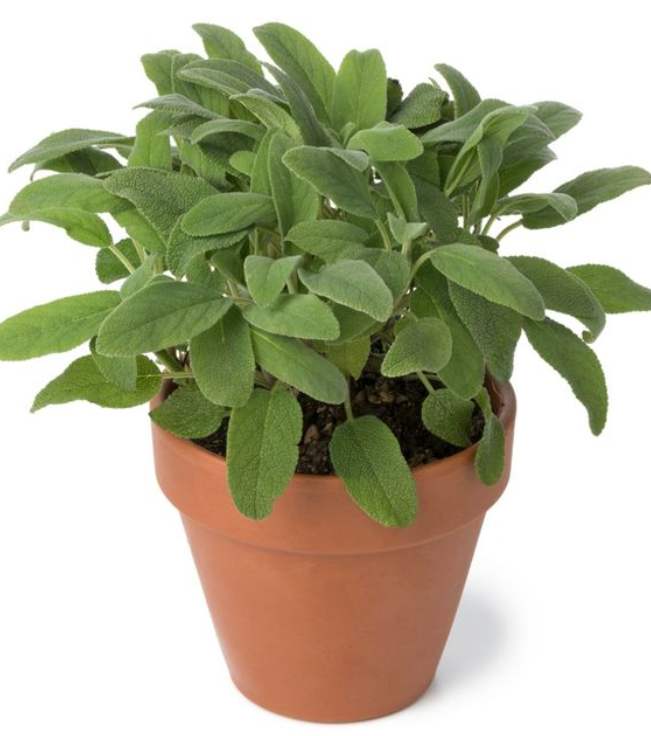
Sage, known for its earthy flavor, is a versatile herb in various cuisines. With silvery-green leaves, sage is not only a culinary delight but also has medicinal properties. It’s believed to have antioxidant and anti-inflammatory benefits, making it a valued herb.
Sage is commonly used in stuffings, savory dishes, and even as a fragrant addition to teas.
This herb requires well-drained soil and sunlight, thriving in conditions similar to its native Mediterranean habitat.
Oregano Herb:

Oregano, a member of the mint family, is renowned for its robust and zesty flavor.
It is commonly found in Mediterranean cuisine and adds a distinct taste to pizzas, pasta, and salads.
Oregano is rich in antioxidants and may have antibacterial properties. This herb is easy to grow, preferring a sunny location with well-drained soil.
Harvest oregano leaves just before flowering for the best flavor, and it also makes a delightful addition to homemade herb-infused oils.
Dill Herb:

With its feathery leaves and distinct aroma, Dill is a popular herb in culinary and medicinal applications.
Often used in pickling, dill enhances the flavor of cucumbers and other vegetables. It contains essential oils that may have digestive and anti-inflammatory benefits.
Dill prefers full sun and well-drained soil, making it a low-maintenance herb in the garden. Harvest the leaves before the plant flowers to ensure the best flavor for your culinary creations.
Mint:

With its refreshing and aromatic leaves, Mint is a widely cultivated herb with numerous varieties.
Commonly used in teas, desserts, and garnish, mint adds a tremendous flavor. The menthol in mint is known for its soothing properties, making it popular in herbal remedies.
Mint can be invasive, so it’s often best grown in containers to control its spread. This herb thrives in partial shade with consistently moist soil, creating an ideal environment for vigorous growth.
Chamomile:

Chamomile, with its dainty daisy-like flowers, is famed for its calming properties. Used in herbal teas, chamomile is known to promote relaxation and aid in sleep. It has anti-inflammatory and antioxidant properties, contributing to its medicinal reputation.
Chamomile grows well in well-drained soil and prefers full sun to partial shade. Harvest the flowers when fully open for optimal flavor and potency in culinary and therapeutic applications.
Lavender:

Lavender, known for its fragrant purple flowers, is prized for culinary and aromatic uses.
Lavender is used in baking, teas, and sachets, which adds a floral and slightly sweet flavor.
Lavender essential oil is renowned for its calming and relaxing properties.
Thriving in well-drained soil and full sunlight, lavender is a hardy, drought-tolerant herb. Regular pruning encourages bushier growth and prolongs the life of this delightful herb in your garden.
Sources to Collect the Herbs
1. Local Nurseries and Garden Centers:
Visit local nurseries or garden centers in your area. They often carry a variety of herbs suitable for different growing conditions. Staff at these establishments can provide advice on selecting herbs that thrive in your specific climate and soil.
2. Farmers’ Markets:
Farmers’ markets are excellent places to find locally grown herbs. You can meet local farmers and ask them about the best herbs for your garden.
3. Seed Swaps and Plant Sales:
Check for local seed swaps or plant sales in your community. These events can be a great way to obtain herb plants or seeds from fellow gardeners.
4. Online Seed and Plant Retailers:
Numerous online retailers specialize in herb seeds and plants. You can browse their selections and order specific herbs that you’re interested in growing.
5. Community Gardens:
Community gardens often have a diverse range of herbs. Connect with local community garden organizers or members to inquire about obtaining herb plants or cuttings.
6. Friends and Neighbors:
Ask friends, family, and neighbors if they have extra herbs or can recommend a good source. Many gardeners are happy to share their abundance.
7. Herb Exchanges:
Look for herb exchanges or gardening clubs in your area. These events allow gardeners to trade plants, seeds, and gardening advice.
8. Home Improvement Stores:
Larger home improvement stores or garden departments may carry a selection of herbs. While more specialized than nurseries, they can still offer a decent variety.
9. Online Seed Banks:
Explore online seed banks that offer a wide selection of herb seeds. Make sure to choose reputable sources to ensure the quality of the seeds.
10. Local Herbalists or Apothecaries:
Reach out to local herbalists, apothecaries, or natural health stores. They may have recommendations for sources of quality herb plants or seeds.
Thyme is a compact herb that fits well in small pots, making it an ideal choice for container gardening. With its earthy and aromatic flavor, thyme enhances the flavor. Planting herbs in pots can be rewarding for a convenient and accessible herb garden. Here are some essential things to remember:
The Best Containers for Herbs
Selecting suitable containers for your herbs is crucial for their health and growth. Here are some considerations and options for choosing the best containers for herbs:
Terra Cotta/Ceramic: These porous containers allow good air exchange for the roots. However, they can dry out quickly, so they may require more frequent watering.
Plastic: Lightweight and affordable, plastic containers are durable and retain moisture well. Make sure they have drainage holes to prevent waterlogging.
Wood: Wooden containers provide good insulation for plant roots. Cedar and redwood are resistant to decay, making them suitable for outdoor use.
Metal: Metal containers can heat up in the sun, potentially affecting soil temperature. Ensure they have proper insulation, or use them in shaded areas.
Size: Choose containers that provide enough space for the herb’s root system. Most herbs don’t require deep pots, but they appreciate a bit of room to spread out.
Most herbs prefer full sun, so place your pots in a location that receives at least 6-8 hours of sunlight daily. Some herbs, like mint and parsley, can tolerate partial shade.
Watering:
Herbs in pots may dry out faster than those in the ground. Water consistently but allow the top inch of the soil to dry out between waterings. Be mindful not to overwater, as this can lead to root rot.
Use a balanced, water-soluble, or slow-release granular fertilizer suitable for herbs. Follow the package instructions, and avoid over-fertilizing, as this can negatively impact the flavor of the spices.
Pruning and Harvesting:
Regularly prune your herbs to encourage bushier growth and prevent them from becoming leggy. Harvest leaves regularly to encourage new growth. Avoid taking more than one-third of the plant at a time.
Consider companion planting to enhance the health and growth of your herbs. Some herbs have beneficial effects on each other, such as repelling pests or improving flavor.
Pest Management:
Watch for pests like aphids, spider mites, and whiteflies. Use natural remedies or insecticidal soap to manage pest problems, as herbs are often grown for culinary or medicinal purposes.
Support for Tall Herbs:
Some herbs, like rosemary or cilantro, may grow tall and benefit from support. Use stakes or small trellises to help them stay upright.
Rotate Containers:
Rotate your herb containers occasionally to ensure that all sides of the plants receive equal sunlight. This helps prevent uneven growth.
Check for Diseases:
Monitor your herbs for signs of diseases such as powdery mildew or fungal infections. If detected, take appropriate measures, such as pruning affected parts or applying organic fungicides.
Winter Protection:
If you experience harsh winters, move potted herbs indoors or to a sheltered area to protect them from frost. Alternatively, consider planting cold-hardy herbs that can withstand winter conditions.
Regular Inspection:
Regularly inspect your herbs for signs of stress, nutrient deficiencies, or pests. Early detection allows for prompt intervention and healthier plants.
Remember to match the container choices with the specific needs of the herbs you’re growing. Additionally, always use a high-quality, well-draining potting mix for container gardening.
The journey of nurturing these herbs in confined spaces adds a touch of greenery to our surroundings and connects us to the age-old tradition of growing our ingredients.
It is a reminder that even in urban landscapes, the essence of a flourishing herb garden can be savored. As we tend to our small pots, we foster a sense of mindfulness, patience, and appreciation for the natural growth cycles.
So, embark on this green adventure, experiment with various herbs, and witness the magic of tiny pots transforming into a thriving herb haven. The joy of plucking fresh leaves for a homemade dish or brewing tea with homegrown herbs is unparalleled.
Small banks, enormous possibilities—unleash the potential of your miniature herb garden and savor the rewards of cultivating green goodness in the coziest corners of your living space.

I am the founder of FinalGardening. With over five years of hands-on experience in gardening. I have dedicated myself to sharing my expertise and insights with fellow gardening enthusiasts. I aim to empower you with the information and necessary resources to achieve gardening success.



